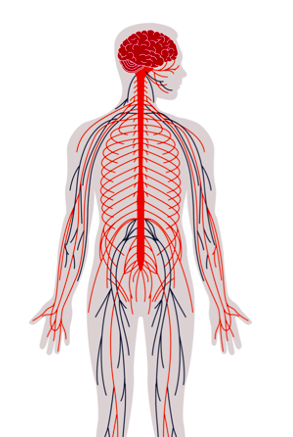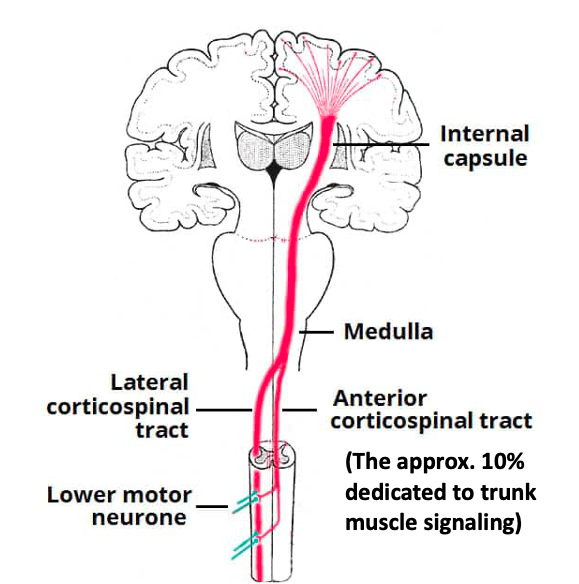Design of the Central Nervous System.

(An excerpt from the Literature Review section of my Ph.D. Dissertation)
[Key takeaways in bold]
Bressler and Kelso (2001), researchers in motor control, stated that, “To be effective in ongoing dynamic computation, the cortex must resolve the large number of competing constraints acting on its component areas in a rapid manner” (p.32).
Moreover, according to Murayama, Lin, Salenius, and Hari (2001):
Skilled movements, such as retaining an egg between the thumb and fingers, involve cooperation of many muscles. Such movements are controlled by an intricate communication between the sensorimotor cortex in the brain and the peripheral muscles, through the motoneuron pool in the spinal cord. (p. 1206).
The many areas of the central nervous system all tend to separate the resources allocated to the trunk and to the extremities, with the former being limited compared to the latter. For this reason, Maruyama et al. compared the interaction of four muscles with cortical action, and found that as they had predicted, the corticomuscular interaction was weaker for trunk muscles (abdominal and paraspinal) than for hand (dorsal interosseous) and foot (tibialis anterior) muscles. This difference probably reflects, according to them, a difference in cortical control of proximal and distal muscles, with the authors stating that while proximal trunk movements are less elaborate than the distal finger and foot movements, they are important for changing posture as well as maintaining it. The golf swing, unlike, for instance gait, uniquely requires considerable, sophisticated and fast movements of the trunk, also involving a change of direction.
The body’s movement-related areas are represented in the precentral gyrus of the cerebral cortex. Moreover, the area of the cortex dedicated to specific movements is in proportion to the skill involved in performing the movement and is not dependent on the mass of muscle involved in the movement (Snell, 2006). While trunk motion in typical human movements such as gait is not particularly elaborate, the trunk’s movement in the golf downswing is.
Many other areas of the brain, such as the cerebellum, the basal ganglia, and the corticospinal tracts, among others, all have distinct pathways for the trunk and the limbs. The cerebellum can be divided into three main areas based on function, with the vermis influencing movements along the long axis of the body, while an intermediate zone influences movements of the hands and feet. The gray matter areas of the cerebellum too have divided roles (Snell, 2006).
The basal ganglia or nuclei are a group of sub-cortical gray matter containing nerve cell bodies, and they are said to not merely influence the execution of a movement of perhaps the limbs, but also aid in the preparation of such movement, through suitable control of axial and girdle movements and the positioning of the proximal limb segments. Thus, the basal nuclei are able to place the trunk and limbs in suitable positions in preparation of discrete hand and foot movement (Snell, 2006).
The nerve fibers of the corticospinal tracts that are involved with the speed and agility of skilled voluntary movements typically cross over in an area of the brainstem. A few of them do not cross over (about 10%) and those are said to connect the brain to the “proximal muscles” (“Descending Pathways,” n.d.). If the central nervous system itself bifurcates the resources it allocates to the proximal part of the body – the trunk – to those it reserves for the limbs, allowing only limited ability for sophisticated trunk musculature activation, perhaps a golf swing of similar design might aid in the simplification of the movement.

Ask yourself this:
1. The central nervous system does not allocate as large resources for signaling to trunk muscles as it does for face, tongue, hand movements. How, then, do we expect to make fast movements of the torso (side bend and rotation) in the less than 1/3rd seconds the golf downswing lasts? On a consistent basis.
2. The torso/trunk is a large, heavy part of the body to move, can we be efficient in changing its direction from the end of the backswing to the start of the downswing?


